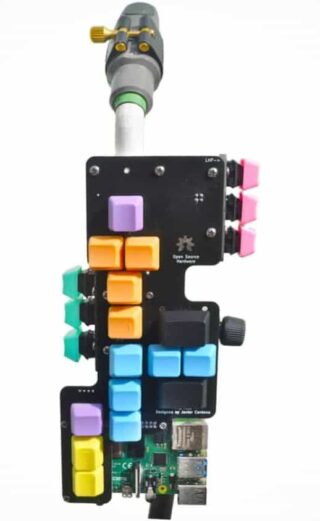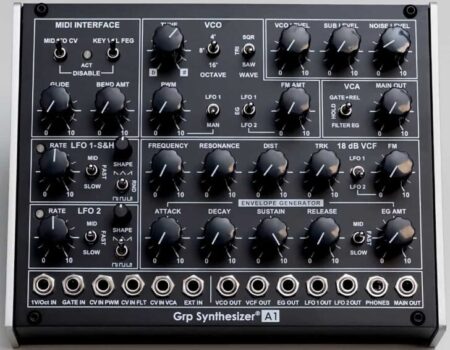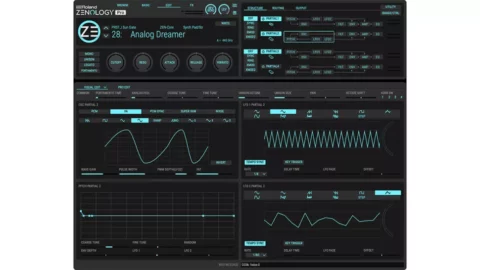Haxophone is A DIY Hackable Saxophone
Haxophone is an inexpensive open source ‘hackable saxophone’, based on a Raspberry Pi HAT.
The mechanical keys and custom ergonomics are designed to give Haxophone a satisfying feel. The design is fully open source, hackable and OSHWA certified. This means that you can make Haxophone entirely your own, from changing the type of key switches to making your own note and instrument mappings.
The developer says that the Haxophone is a good fit for musicians who are also hackers, or for hackers looking for a fun musical project that won’t break the bank.
The Haxophone has been designed to utilize standard mechanical key switches as fingering keys. These are cheaper, more reliable and more repairable than the custom molded keys that you find on digital saxophones.
Haxophone is designed as a HAT (Hardware Attached on Top) for the Raspberry Pi family of single-board computers. The HAT includes an audio amplifier, so Haxophone does not need to rely on the amplifier built into the Raspberry Pi 3 and 4. This means the HAT will work with the least expensive of the Pi family, the Raspberry Pi Zero.
In order to keep costs down, the Haxophone PCB (printed circuit board) is an integral part of the physical structure of the Haxophone. Meaning that the key switches, thumb rests, mouthpiece and Raspberry Pi are all attached directly to the PCB. The side keys (left palm and right knuckle keys) are mounted on smaller PCBs and attached to the main PCB via right angle metal brackets. These smaller PCBs are manufactured as detachable panels, bringing down the manufacturing cost. Haxophone is an open source DIY project. See the project website for details.
Features:
- Custom Raspberry Pi HAT PCB
- Software:
- haxo-rs: This is the driver that detects key presses, breath and converts it into notes. It’s written in Rust, and compiled on the Raspberry Pi into a native application
- fluidsynth: This is the synthesizer software that will convert notes into sounds
- Tactile-feedback 5-pin mechanical switches
- Mechanical keycaps
- Breath pressure sensor
- Built-in audio amplifier (works with no-audio Raspberry Pi’s like the Zero and the Zero W) with 3.5mm audio out mini-jack
- Serial console for hacking




